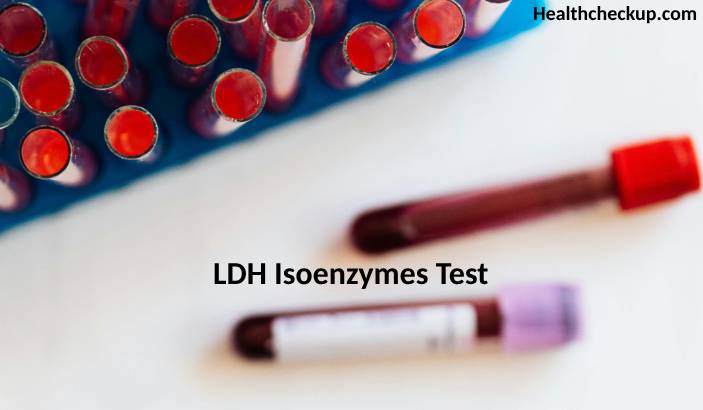Lactate Dehydrogenase (LDH) is an enzyme found in almost all body tissues but is present in particularly high amounts in the heart, liver, muscles, and kidneys. When cells are damaged or destroyed, LDH is released into the bloodstream. The LDH isoenzymes test is a diagnostic tool used to measure specific isoenzymes of LDH, providing valuable insights into the location and extent of tissue damage. This article thoroughly examines the LDH isoenzymes test, including its purpose, how to prepare, the testing procedure, interpreting results, and the potential risks associated with the test.
Purpose of LDH Isoenzymes Test
- Diagnosing Tissue Damage: The test helps identify specific areas of tissue damage based on which LDH isoenzymes are elevated, aiding in diagnosing conditions such as heart attack, liver disease, and certain cancers.
- Monitoring Disease Progression and Treatment: For ongoing conditions like cancer or liver disease, LDH isoenzymes levels can monitor disease progression or response to treatment.
- Differentiating Between Conditions: LDH isoenzymes can help differentiate between types of diseases causing similar symptoms, such as distinguishing between viral and bacterial meningitis.
Preparation for the Test
- Fasting: You may be instructed to fast for 8-12 hours before the test to avoid any food-induced fluctuations in LDH levels.
- Medication Review: Inform your healthcare provider about all medications you are taking, as some can affect LDH levels. You might need to stop taking certain medications before the test.
- Avoid Strenuous Exercise: Physical activity should be avoided 24 hours prior to the test, as muscle strain can elevate LDH levels and affect the results.
Procedure of LDH Isoenzymes Test
- Sample Collection: A blood sample is typically collected from a vein in the arm using standard blood draw procedures.
- Handling and Processing: The sample is then sent to a laboratory where it’s processed. LDH isoenzymes are separated and measured using specialized techniques like electrophoresis or chromatography.
- Duration: The actual blood draw takes a few minutes, but processing the samples may take a few hours to days, depending on the laboratory’s schedule.
Normal Range
- Isoenzymes Distribution: LDH is divided into five isoenzymes, each with a typical distribution pattern in the body. Normal ranges vary based on the lab and the specific isoenzyme.
- General Expectations: Typically, LDH1 and LDH2 are higher in the heart, LDH3 in the lungs, LDH4 and LDH5 in the liver, muscles, and kidneys.
Results Interpretation
- Elevated LDH1 and LDH2: Can indicate heart muscle damage, often seen in myocardial infarctions.
- High LDH3: Might suggest lung or other organ involvement.
- Increased LDH4 and LDH5: Commonly associated with liver, kidney, or muscle disease.
- Comparative Analysis: Results are often more informative when compared with previous levels or with results from other tests, such as a total LDH test.
The LDH isoenzymes test assists healthcare providers in pinpointing specific areas of tissue damage and monitoring the progression of various diseases. It provides a deeper understanding of underlying health conditions, facilitating targeted treatments and interventions.
I specialize in writing about health, medical conditions, and healthcare, drawing extensively from scientific research. Over the course of my career, I have published widely on topics related to health, medicine, and education. My work has appeared in leading blogs and editorial columns.









